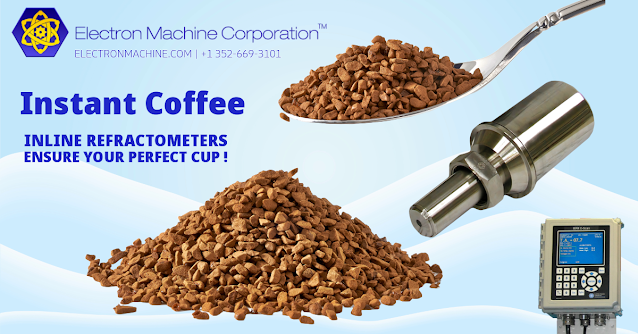Inline refractometers play a crucial role in various industrial processes, providing real-time measurements of fluid concentrations. However, these optical instruments face a persistent challenge: contamination of their optical components during operation. As process fluids flow through the system, residues, particles, and other substances can accumulate on the refractometer's prism or sensing window, leading to inaccurate measurements and reduced efficiency. This contamination issue necessitates implementing automatic inline refractometer cleaning systems to maintain measurement accuracy and ensure consistent process control.
The problem of optical contamination affects numerous industries and applications. In the food and beverage sector, sugar processing and syrup production facilities heavily rely on refractometers to monitor sugar concentrations. The sticky nature of sugar solutions often results in residue buildup on optical surfaces, compromising measurement accuracy. Similarly, milk fat and protein deposits in the dairy industry can accumulate on refractometer prisms, interfering with the precise monitoring of milk solids. Fruit juice concentrators face similar challenges with pulp and fiber residues.
Beyond food applications, chemical processing plants encounter optical contamination issues when dealing with solutions prone to crystallization or polymerization. In pharmaceutical manufacturing, protein solutions, and other biological materials can adhere to optical surfaces, affecting the accuracy of concentration measurements critical for drug formulation. The paper and pulp industry also struggles with optical contamination due to fibers and chemicals in their process streams.
Many facilities have turned to steam as an effective cleaning agent to combat these contamination issues. Steam offers several advantages for decontaminating optical components in inline refractometers. Its high temperature provides excellent cleaning power, effectively dissolving and removing many residues and contaminants. Steam can penetrate small crevices and irregular surfaces, ensuring thorough cleaning of the optical components. Steam cleaning doesn't introduce additional chemicals into the process, making it suitable for applications with strict purity requirements.
While steam provides an excellent cleaning solution, the implementation of an automated system to perform the cleaning is equally important. An automated cleaning system not only enhances the efficiency and reliability of the decontamination process but also relieves operators from the burden of manual cleaning. Manual cleaning can be labor-intensive, time-consuming, and inconsistent. Automation ensures that the cleaning is performed regularly and uniformly, maintaining the optical clarity of the refractometer at all times. This consistency is vital for processes that require continuous monitoring, as it ensures that the refractometer provides accurate and reliable data without frequent interruptions for maintenance.
Automated systems also minimize process downtime. They can be programmed to perform cleaning cycles during planned production breaks or at optimal intervals, reducing interference with ongoing operations. This scheduling flexibility helps maintain high production efficiency while ensuring measurement accuracy.
Moreover, automated cleaning systems enhance safety by reducing the need for manual intervention in potentially hazardous environments. Operators no longer need to access the refractometer directly, which is particularly beneficial in high-temperature or chemically harsh process conditions. This emphasis on safety provides a sense of security and protection for the operators, contributing to a positive work environment.
The data logging capabilities of automated cleaning systems provide valuable insights into equipment performance and maintenance needs. By tracking cleaning cycles and their effectiveness, plant managers can optimize cleaning schedules and identify potential issues before they impact production. This level of insight and control empowers plant managers, making them feel more informed and in control of their operations.
Implementing automatic inline refractometer cleaning systems addresses the critical issue of optical contamination in various industrial applications. By leveraging the power of steam and automation, these systems ensure consistent measurement accuracy, improve process efficiency, and extend the lifespan of valuable instrumentation.
https://electronmachine.com
+1 352-669-3101




